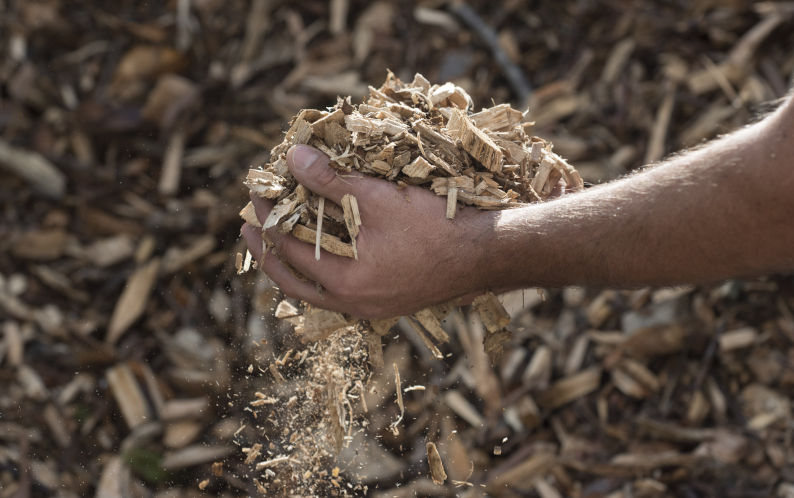


The NSW Independent Planning Commission is currently considering an application to reopen the Redbank Power Station near Singleton.
For the first few years, the plant would burn predominantly native vegetation biomass instead of coal, claiming substantial emissions reductions and no negative impacts on biodiversity.
The Redbank proposal would use native vegetation woody biomass from tree clearing which is a major source of CO2 emissions. It will therefore not be eligible for Clean Energy Generation Certificates under the Renewable Energy Act. It would also be contrary to Australia’s international biodiversity and climate commitments, including to increase efforts in halting and reversing deforestation and degradation by 2030. Land clearing was also identified in the Henry Review as a major cause of biodiversity loss in NSW.
New peer-reviewed research we published in the journal Climate Resilience and Sustainability adds further weight to concerns about the Redbank project and others like it. The paper provides a critical assessment of claims that burning woody biomass (including so-called “waste wood”) is an effective climate solution. Our conclusion is unequivocal: burning woody biomass is not a climate solution.
Woody biomass that is burnt for energy may grow back, but if the land is cleared for farming it never can. Further, it is far from clean, as wood-fired power plants generate more CO2 per kWh than coal. It also releases fine particulate pollution and other hazardous compounds. Worse still, the emissions from burning are immediate, while the theoretical removal of atmospheric carbon through regrowth can take decades to centuries.
In fact, the carbon debt created by woody biomass burning makes it worse than coal in the short-to-medium term. This is not theoretical – it’s backed by robust life cycle analysis and empirical measurement. The IPCC and other major scientific bodies have flagged these concerns for years, and yet the myth of “carbon neutral” biomass persists in energy policy.
Wherever countries have embraced large-scale forest biomass energy, the results have been predictably climate negative and destructive for biodiversity. In Finland, Sweden, Estonia and elsewhere in Europe, a shift to wood biomass-burning has led to a major intensification of logging. Native forests are being cut more frequently, more heavily, and over wider areas – removing the structural complexity which should naturally characterise ecosystems and which is needed to support biodiversity. Australia should be learning from these examples, and not repeat the same mistakes.